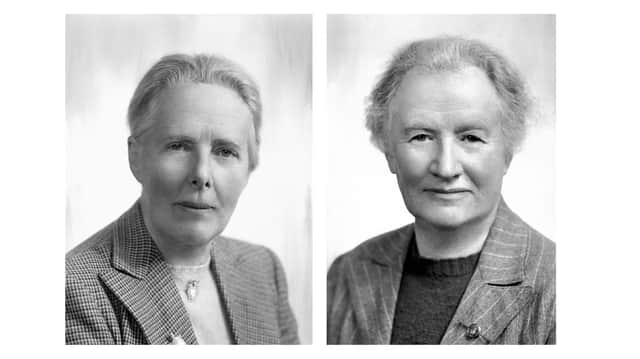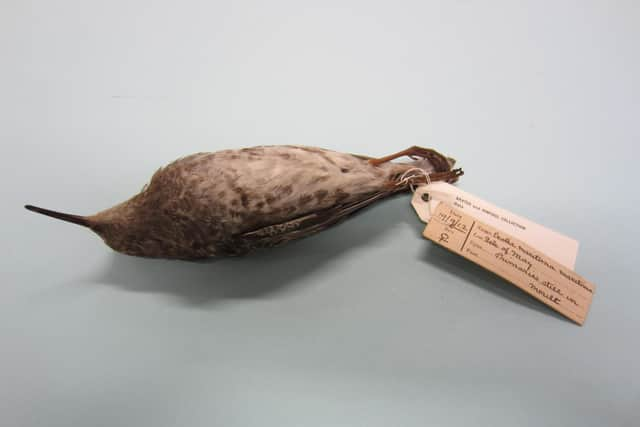The pioneering female birdwatchers who became a rare species in the field


The pair, inseparable friends who grew up in Largo, Fife, pursued their interest in the natural world from a young age, exploring the fields, hedgerows and coastlines close to their home.
From a childhood wonder in the creatures of the earth, with their sightings documented in pocket notebooks, they went on to develop ‘revolutionary’ ideas about birds and their migration patterns with the Isle of May in the Firth of Forth becoming their outdoor laboratory for 26 years.
Advertisement
Hide AdAdvertisement
Hide AdDave Clugston, honorary librarian at Scotttish Ornithologists’ Club, said: “There were very, very few female ornithologists at this time.


“They had money behind them, they were of independent means, they didn’t have to worry about the day to day things. They were free to do as they pleased.
“They went on to become really pioneering bird watchers.”
Spring was the pair’s season and they headed to the Isle of May as the first chiff chaffs and willow warblers arrived for the warm spell and legions of seabirds took their places for breeding.
Autumn trips followed to the island, where they slept in a lighthouse that later became the Isle of May Bird Observatory in 1934, which has been described as a monument to Dr Baxter and Ms Rintoul.
As was the way of the time, the pair – known as The Good Ladies – shot the birds in order to identify and catalogue different species.
“Oh Evie, do come quick and bring your gun, there's a dear little Piedy Fly on the lighthouse wall,” is a quote that has been attributed to Miss Rintoul.
The women built up a collection of around 1,200 bird skins, some of them which died naturally and were collected by lighthouse keepers, with the specimens later donated to the National Museum of Scotland.
Their collection includes the first Pied Wheatear found in Britain and the first Common Nightingale and Melodious Warbler discovered in Scotland.
Advertisement
Hide AdAdvertisement
Hide AdIn 1918, they presented their radical theory that migration routes were affected by the wind with their idea of “migrational drift” later picked up by other ornithologists.
Ther intimate knowledge of the Isle of May allowed them to account for new and unusual arrivals through changing weather patterns.
In 1936, they help to found the Scottish Ornithologists’ Club, which overlooks Aberlady Bay Local Nature Reserve in East Lothian.
Their lifelong study culminated in the publication of their landmark work, the two volume 'The Birds of Scotland - Their History, Distribution and Migration' in 1953. Considered a classic, it has been revised and reprinted just twice since then.
Dr Baxter, who was awarded a MBE for her work with the Women’s Land Army during both World Wars, died in 1959, six years after her friend.
The Journal of the Scottish Ornithological Club wrote a most full -hearted remembrance of them both.
It said: “The names of Miss Baxter and Miss Rintoul may become something of a legend among future generations of Scottish naturalists.
"But to those who knew them, their mention will always kindle a glow of affectionate personal memory.”